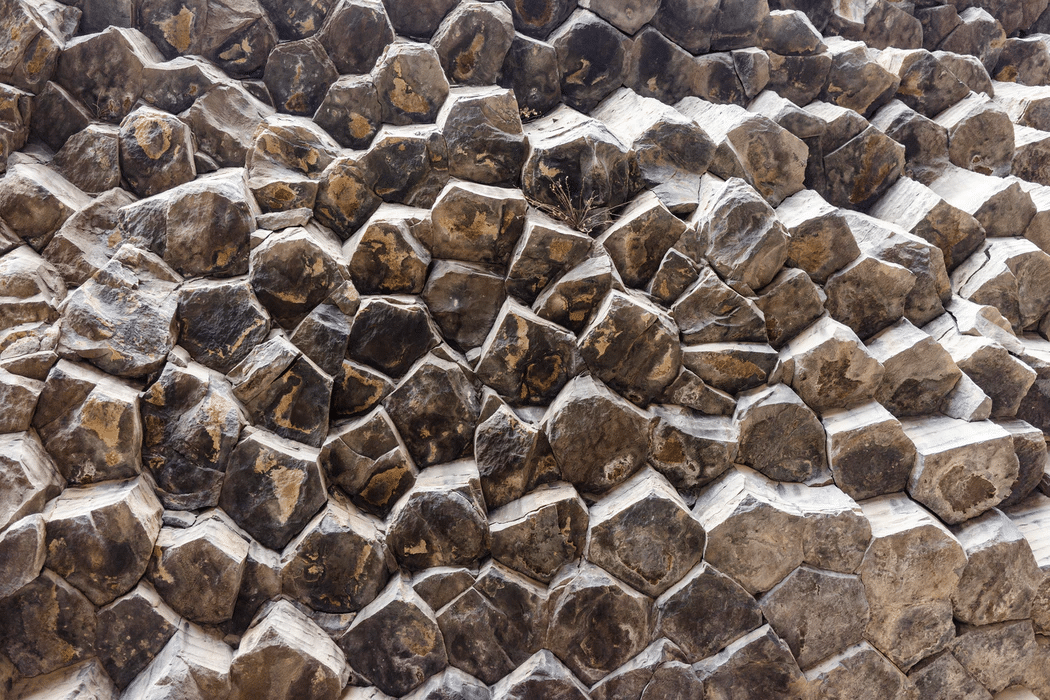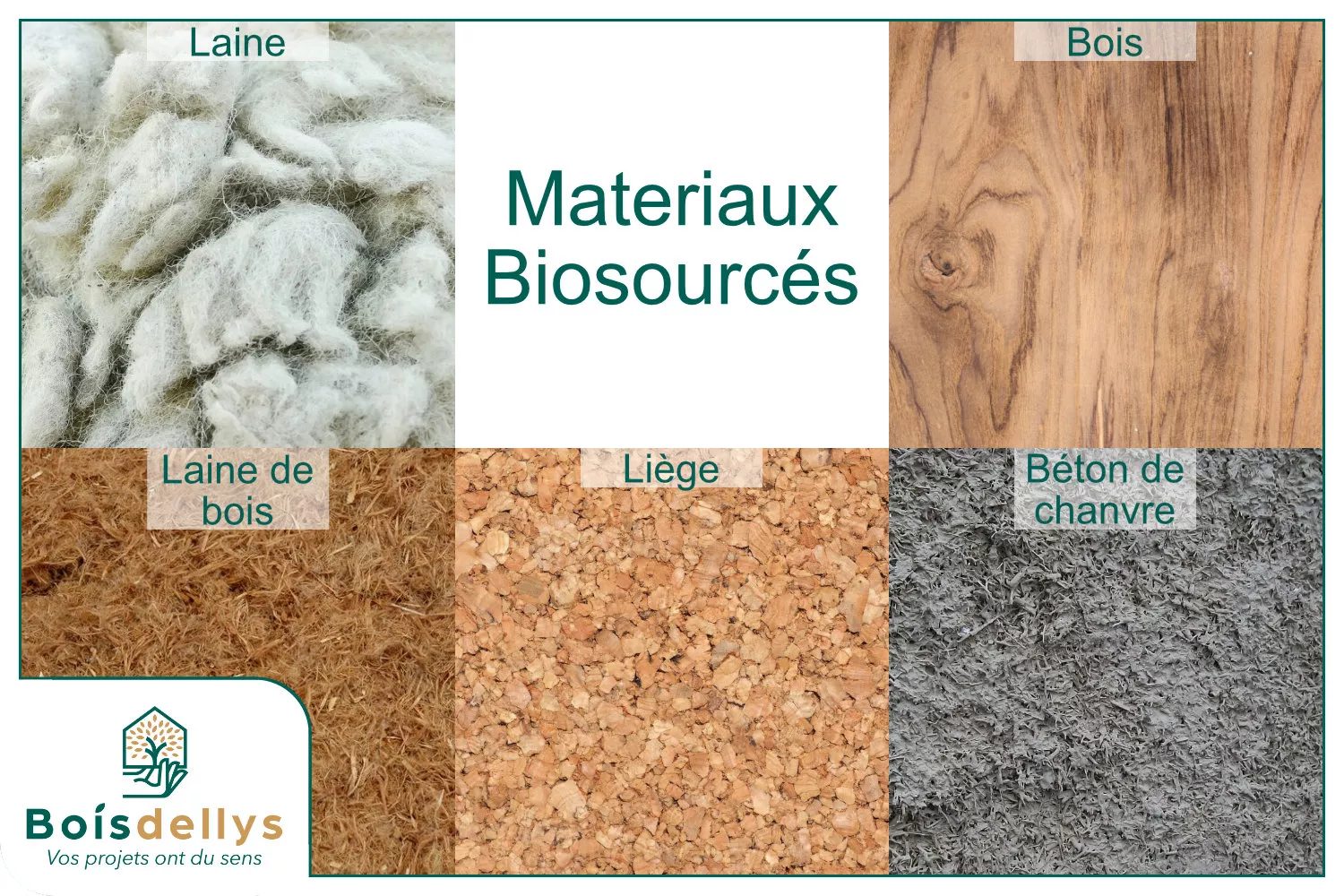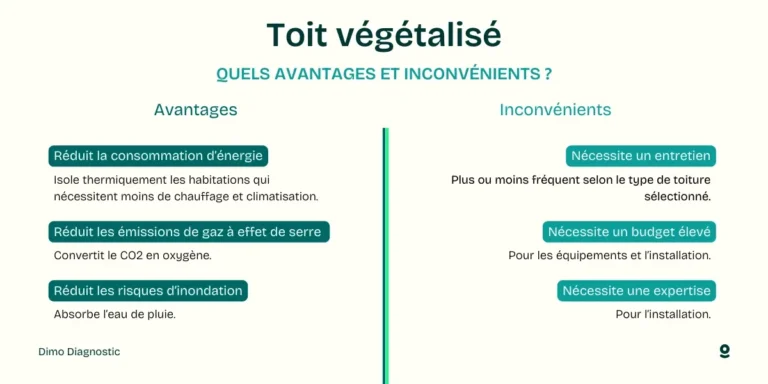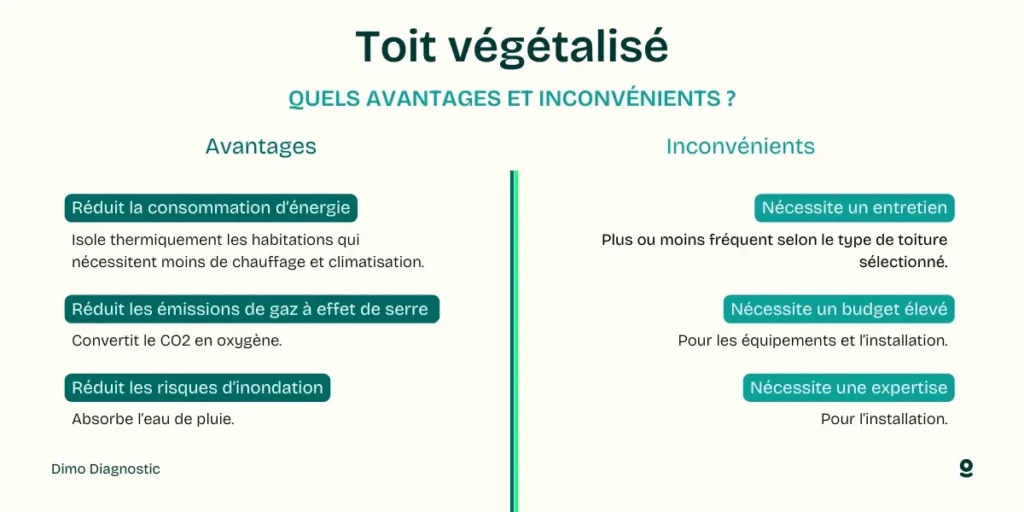In a context where the environmental emergency is becoming more and more pressing, the search for sustainable solutions is essential. THE ecological materials emerging as an innovative response to construction challenges. Through several case studies, it is possible to evaluate the positive impact of these materials on our biodiversity and our environment. By reinventing our approach to construction materials, we can not only reduce our carbon footprint, but also promote a habitat that respects our planet. Let’s explore how these concrete examples demonstrate the benefits of eco-construction thoughtful and responsible.
Ecological materials are at the heart of numerous research and case studies, aimed at assessing their impact and potential in the construction sector. From the use of bio-sourced materials innovations coming from biomass, these studies not only reveal the benefits of these materials, but also their disadvantages potential. In this article, we will take a closer look at the results of several case studies focusing on sustainable materials and their application in various constructions.
Table of Contents
ToggleBenefits
Sustainability and positive environmental impact
Ecological materials are distinguished by their sustainability and their ability to reduce environmental impact. Case studies demonstrate that the use of materials such as certified wood or composites based on recycled fibers can significantly reduce carbon emissions. Data collected by the Housing Department underlines this point by showing that these materials contribute to reducing the carbon footprint of the construction sector.
Circular economy
Projects using sustainable materials also promote the concept ofcircular economy. For example, studies on smart buildings demonstrate how recycled materials can be integrated into the construction process, thereby extending their life cycle. This not only reduces waste, but also creates more resilient buildings.
Improved quality of life
Another advantage often highlighted in studies is the improvement of quality of life occupants thanks to ecological materials. Research indicates that these materials, such as those with low volatile organic compound (VOC) emissions, create a healthier and more comfortable indoor environment.
Disadvantages
Initial costs
Despite their many advantages, one of the main disadvantages raised in the case studies is the higher initial cost of some eco-friendly materials. Although they can save energy in the long term, the initial investment can slow down many projects, especially in tight economic contexts.
Availability and supply
Another challenge identified is the availability ecological materials. Some materials may be more difficult to obtain due to increasing demand or the geographic location of suppliers. Case studies show that this lack of access can delay construction projects or increase costs.
Standards and regulations
Finally, the regulatory framework around ecological materials can be an obstacle. Projects must often respect strict standards, which may not incorporate innovations in sustainable materials. Research shows that best practice examples need to be further integrated into regulations to encourage the use of sustainable solutions.

Testimonials on Green Materials Case Studies
Working in the construction sector, I had the opportunity to assist in several projects using ecological materials. One of the most striking case studies was that of a residential building which incorporated biodegradable materials. Not only was the energy performance impressive, but the reduction of the project’s carbon footprint was a real example for the industry to follow.
On a recent site visit, I was amazed by the use of natural fibers in construction. These materials not only offer increased strength, but they are also available locally, reducing transportation and environmental impact. This experience was a revelation about the importance of adopting an approach circular import.
Another case study highlighting the use of recycled materials changed my view on the potential of sustainability in our sector. The building’s owners shared that construction costs were reduced through the use of these materials, while maintaining a modern and attractive aesthetic. This proves that sustainability does not have to be synonymous with compromise.
I also remember a project where low carbon footprint materials were deployed. The results have been incredible, both in terms of thermal performance and the positive impact on local biodiversity. The study showed how these material choices could transform ecological announcements into real voracious successes in eco-construction.
Finally, an innovative project, using alternative building materials, was recently presented in one of our training courses. Students were amazed at how easily they could consider incorporating these options into their future practice. This reinforced our conviction that continuing education on sustainable materials is essential to building an informed and engaged workforce.
Introduction to Ecological Materials
Case studies on ecological materials highlight the growing importance of innovation in sustainable construction. These projects demonstrate how alternative materials can not only meet architectural needs, but also minimize environmental impact. By exploring the different initiatives, we understand the importance of adopting environmentally friendly practices while guaranteeing the quality and durability of construction.
Understanding Bio-Sourced Materials
THE bio-sourced materials are essential in the eco-construction approach. They are derived from biomass of plant or animal origin and offer significant sustainability benefits. The use of these materials makes it possible to reduce carbon emissions. CO2 and preserve natural resources. Case studies show how housing projects have successfully integrated these materials to create buildings that are both aesthetically pleasing and environmentally friendly.
Examples of Inspiring Projects
Numerous projects around the world illustrate the successful use of bio-sourced materials. For example, residences built in bamboo and in raw earth demonstrate the effectiveness of these resources in creating sustainable habitats. These native constructions are not only more environmentally friendly, but also offer excellent thermal performance, reducing the need for heating and air conditioning.
Reduction of Environmental Impact
The use of ecological materials allows the environmental impact of construction projects to be significantly reduced. Studies reveal that buildings constructed with sustainable materials use less energy throughout their life cycle, thereby reducing their carbon footprint. For example, recycled materials, such as recycled concrete or the bricks made from organic waste, contribute to a circular economy, limiting the extraction of new resources.
Case Study on Recycled Concrete
A concrete example is the transformation of construction waste into sustainable buildings. The use of recycled concrete not only reduces waste production, but also offers performance comparable to traditional concrete. These projects help raise awareness of the importance of innovation in the reuse of materials, proving that performance and sustainability can be combined.
Training and Awareness
An essential aspect of the integration of ecological materials is the training of building professionals. The implementation of educational programs on sustainable materials and their implementation is crucial to ensure acceptance and adoption of new technologies. Case studies show that training architects and contractors has led to better construction practices and increased use of sustainable materials.
Training Initiatives
Initiatives such as collaboration between educational establishments and construction companies have demonstrated their effectiveness in disseminating knowledge relating to eco-construction. These programs emphasize innovative solutions and the use of low-impact materials, thereby strengthening the culture of sustainability in the sector.
Analysis of green materials case studies reveals a positive trend towards a more sustainable future in the construction sector. By integrating bio-sourced and recycled materials, we contribute to protecting the environment while meeting the growing needs of populations.

THE ecological materials play a leading role in the quest for a sustainable future, and various case studies perfectly illustrate their positive impact on the environment. Indeed, these projects highlight the innovative use of materials from biomass, whether of vegetable Or animal, which are not only respectful of the planet, but also capable of setting new standards in the construction sector.
A striking example is that of eco-construction using bio-sourced materials. Research shows that these materials can significantly reduce the carbon footprint of buildings while improving their biodiversity surrounding. By replacing conventional materials with more sustainable alternatives, companies have been able to reduce costs. emissions of volatile organic compounds and promote a healthier environment for occupants.
Furthermore, the analysis of housing projects carried out with ecological containers highlights a choice that is both economical and sustainable. This construction model demonstrates that it is possible to design living spaces that respect the environment, while meeting the needs of a growing population.
The lessons learned from these case studies highlight that the integration of these new materials into construction practices represents a revolution in the way we design our spaces. Beyond simple structural performance, the use of eco-friendly materials is also key to minimizing environmental impacts associated with construction.
















